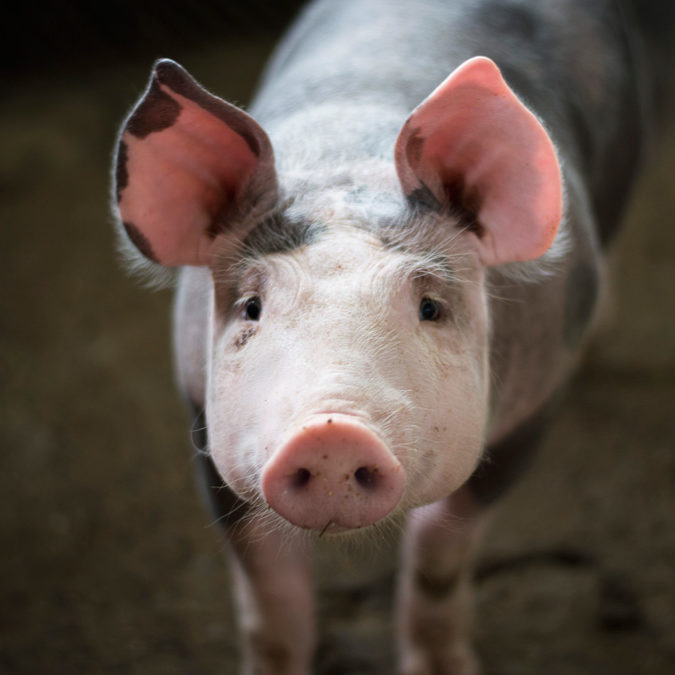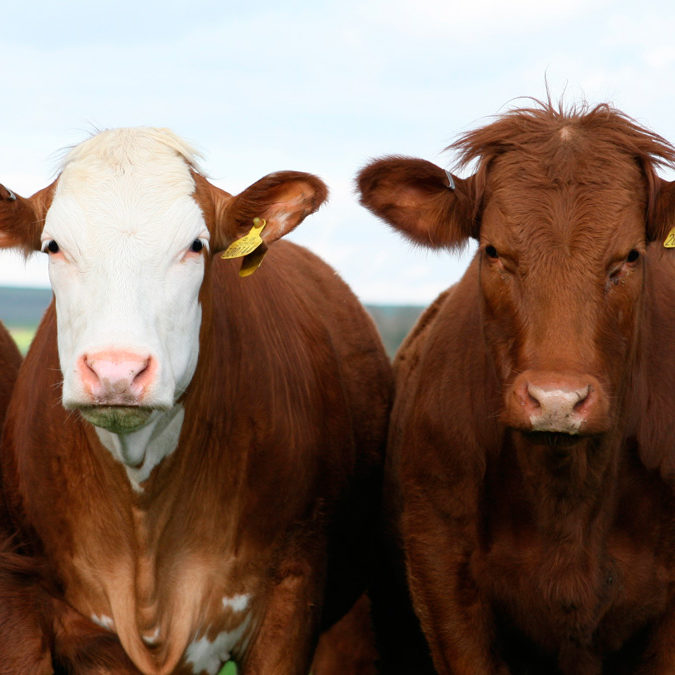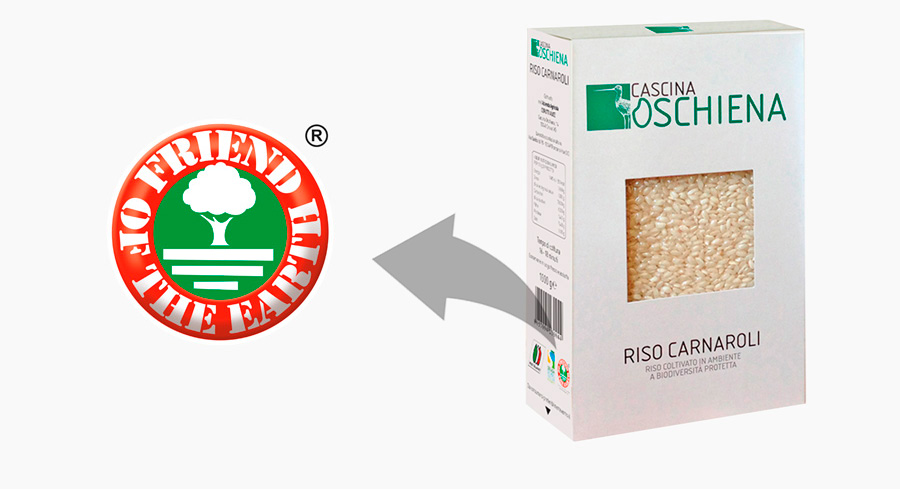Help the environment too by choosing Friend of the Earth sustainable certified products

Why is it necessary?
In the last 60 years, the increase in the world’s population and the consequent growth in demand for animal protein have led to an increase in the number of intensive farms and damage to the environment and animals.

Intensive farming has negative impacts on the environment, both in direct and indirect terms. Firstly, the animals bred are the cause of emissions of greenhouse gases such as methane and carbon dioxide; secondly, the manure produced, if not properly managed, can cause pollution of soil and water bearing strata. The increase in single crop farms, necessary for responding to the high demand for feed, contributes to the process of deforestation, overexploitation of soil and desertification, as well as the increase in greenhouse gas emissions.

The need to respond to the growth of demand for products of animal origin has led, over recent decades, to the intensive breeding of animals kept in conditions of harsh discomfort, stress and mistreatment. These conditions have shocked public opinion and pushed legislators to enact vertical rules, that is for specific species, to guarantee the animals the essential freedom on which the concept of animal welfare is based. However, there is still a lot to be done.

Among the consequences of major impact of the development of an increasing number of intensive farms figures the abandonment by some sector operators of indigenous breeds considered less productive, to the advantage of genetically selected ubiquitous breeds. Such a choice has caused, in a short time, the reduction of the livestock genetic heritage and, in many cases, the extinction of entire breeds or animal populations.
For these reasons a change of direction is indispensable towards innovative and, at the same time, more authentic animal breeding that respects animals and the environment.
Friend of the Earth promotes a model of sustainable breeding based on respect for animals and nature with the aim of increasing over time the level of symbiosis with the environment and the territory. Recovering and conserving indigenous breeds characterized by marked resilience and suitable for integration with the ecosystem, promoting outdoor and extensive breeding, reducing the use of antibiotics and allopathic pharaceuticals are good examples of corrective actions that certification encourages through its requirements.

The Friend of the Earth Certification scheme for sustainable breeding was developed according to the SAFA (Sustainability Assessment of Food and Agriculture systems) guidelines set by the FAO (United Nations Food and Agriculture Organization) and is based on 6 basic principles:
1. Preservation and conservation of livestock biodiversity and genetic heritage to foster a close link between animals and territory.
2. Enhancement of closed-cycle breeding and feed production in accordance with the REG. EU 848/2018 principles on organic breeding to ensure the absence or drastic reduction of the use of chemical products.
3. Propensity towards forms of extensive breeding, outdoors or, if intensive, with a considerable reduction in load density with respect to the minimum legal limits.
4. Recovery and enhancement of animal manure and all output for the production of fertilizers and renewable energy (biogas).
5. Respect for the principles of animal welfare in order to guarantee animals optimal conditions of housing, feeding and handling, indispensable for the animals’ health and for the quality of the product.
6. Social responsibility to guarantee minimum rights to all operators.
